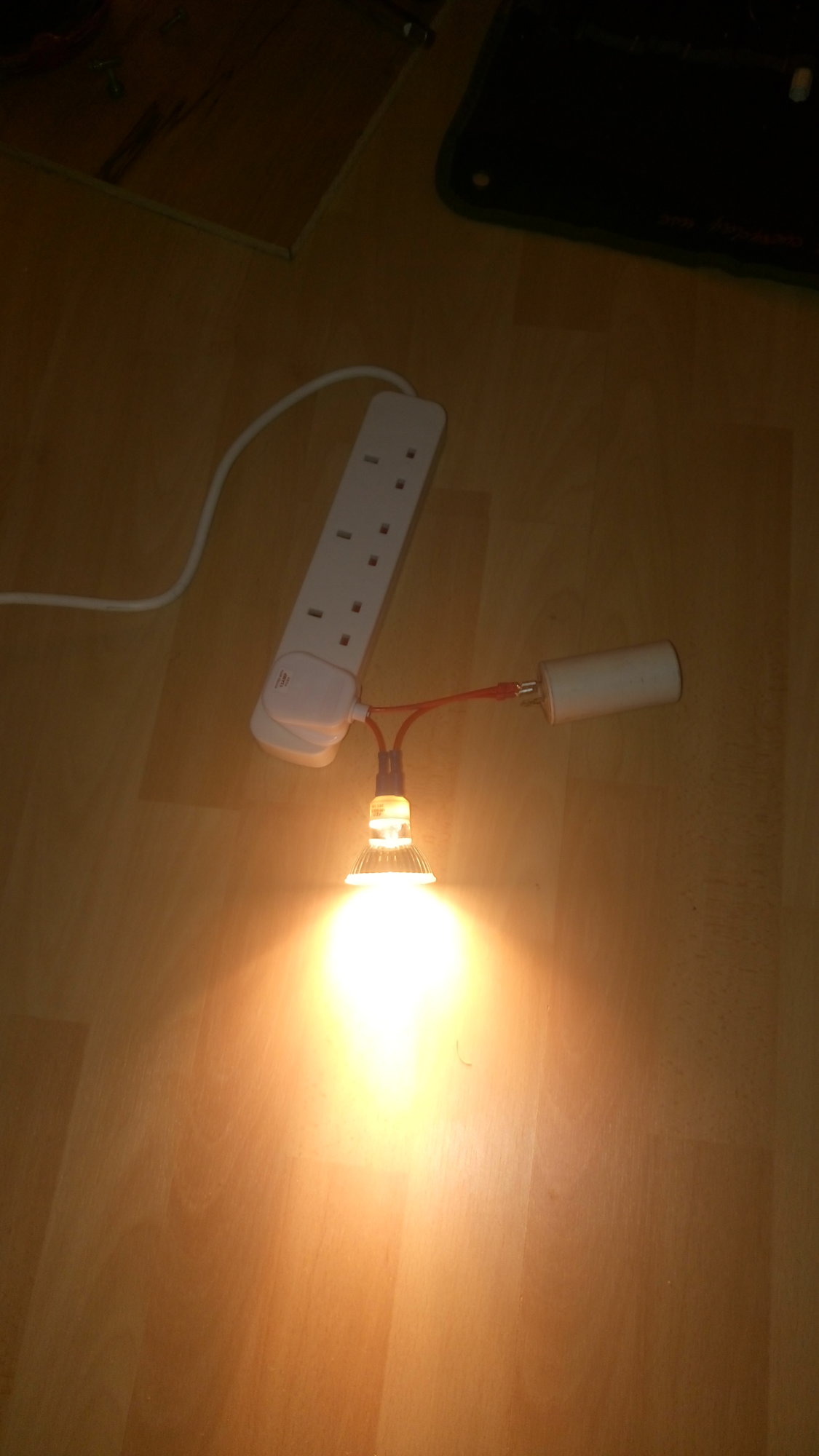- Joined
- 28 Feb 2013
- Messages
- 23
- Reaction score
- 6
- Country

Hi folks,
Not been on here for a few years. see some familiar names though.
Can anyone help me troubleshoot a 3.5 KVa capacitor regulated brushless alternator? It produces almost no voltage on the outputs (about 4 Vac open circuit at stator winding)
So far I have:
1: checked the excitation capacitor. It shows 20 Vac when running. When disconnected and charged to 12 V it then holds that charge for several minutes.
2: removed and checked the rotor diodes. They test OK (450 mV forward, no result reverse)
3: checked the winding resistances. They are reasonably close to nominal, given my cheap multimeter, except that excitation seems a bit low. (stators 1.1 ohm each, 1.3 nominal; rotor 3.6 ohm each, 2.6 nominal; exciter 4.8 ohm, 7.9 nominal)
I can't think of an easy way of testing the varistors, but they can't be short closed or I wouldn't get a resistance reading on the rotor windings.
The only thing I can think to try is to "flash" the exciter, but I don't think it's that or I wouldn't get any excitation voltage, plus output faded away when running rather than refusing to excite after storage.
can I find a better way to test the cap to a higher voltage? am I at the point of replacing the cap and hope it helps?
anyone any ideas?
The alternator is a mecc alte s16w90, manual here: http://www.meccalte.com/downloads/man_s16w_rev04.pdf It's a 3000 rpm single phase machine with two stator windings that can be connected series (for 230V) or parallel (115v)
I only have a cheap multimeter at the moment so can’t measure capacitance or AC current, but I might try and borrow a better one
I'm looking at it for a charity and would prefer not to have to tell them to buy an new generator, even if this takes up a bit of my time.
Tom
Not been on here for a few years. see some familiar names though.
Can anyone help me troubleshoot a 3.5 KVa capacitor regulated brushless alternator? It produces almost no voltage on the outputs (about 4 Vac open circuit at stator winding)
So far I have:
1: checked the excitation capacitor. It shows 20 Vac when running. When disconnected and charged to 12 V it then holds that charge for several minutes.
2: removed and checked the rotor diodes. They test OK (450 mV forward, no result reverse)
3: checked the winding resistances. They are reasonably close to nominal, given my cheap multimeter, except that excitation seems a bit low. (stators 1.1 ohm each, 1.3 nominal; rotor 3.6 ohm each, 2.6 nominal; exciter 4.8 ohm, 7.9 nominal)
I can't think of an easy way of testing the varistors, but they can't be short closed or I wouldn't get a resistance reading on the rotor windings.
The only thing I can think to try is to "flash" the exciter, but I don't think it's that or I wouldn't get any excitation voltage, plus output faded away when running rather than refusing to excite after storage.
can I find a better way to test the cap to a higher voltage? am I at the point of replacing the cap and hope it helps?
anyone any ideas?
The alternator is a mecc alte s16w90, manual here: http://www.meccalte.com/downloads/man_s16w_rev04.pdf It's a 3000 rpm single phase machine with two stator windings that can be connected series (for 230V) or parallel (115v)
I only have a cheap multimeter at the moment so can’t measure capacitance or AC current, but I might try and borrow a better one
I'm looking at it for a charity and would prefer not to have to tell them to buy an new generator, even if this takes up a bit of my time.
Tom

